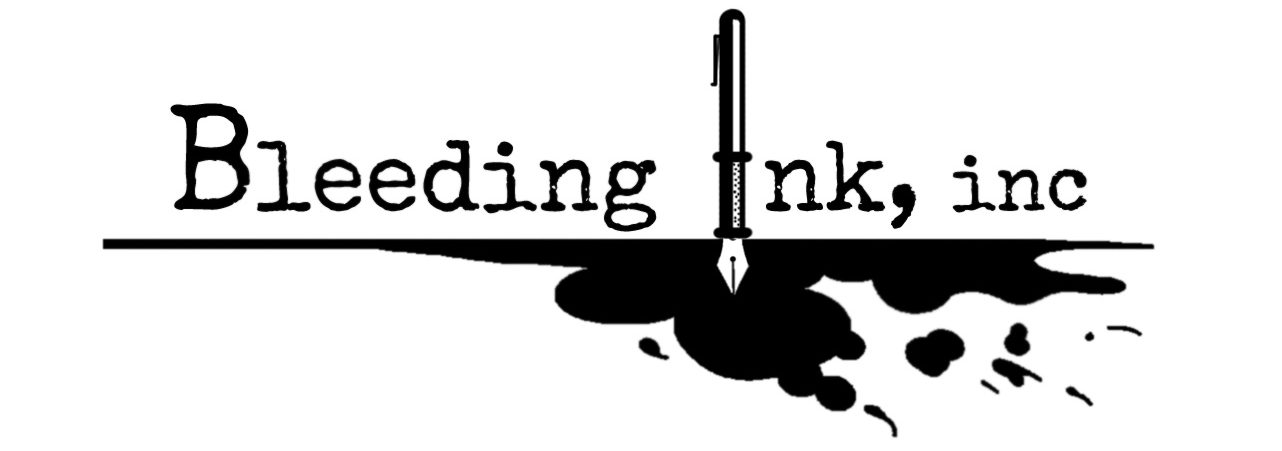Yesterday, I had the privilege of teaching a celebrity client (can’t say who at the moment, but the story is AWESOME-SAUCE) how to create tension in loglines and pitches. During the lesson, I discovered that a few of the metaphors I made up for him actually worked quite well for creating tension overall.
So without further ado, a short object lesson in tension.
Tension is like unto . . .
– a person teetering on the edge of a cliff
– a scale before a grain of rice tips it
– the straw just before the one that breaks the camel’s back
– droplets of water on a penny before they run over
Let me ‘splain.
Tension, as I am defining it here, consists of (among other things) the moments that make your audience/reader hold their breath.
– When someone is teetering at the edge of a cliff, anything could happen. Once they fall or make it to safety, the moment is over.
– When a scale is balancing itself out, it could go either way. One more grain of rice, though, can force it to permanently lean one way or another.
– As you are using an eyedropper to plop little droplets of water onto a penny, you’re counting and holding your breath and trying to see how many you can fit on it. Once the water spills over, the tension is gone. Same goes for the camel. (Have any of you guys actually ever loaded things onto a camel? Seriously, let me know.)
So, the trick to tension? Savor that moment where things can go either way. Hold onto that last grain of rice, that last droplet of water, like your life depends on it. Hold it, hold it, hold it, and build it until you can’t stand it, then release it. (Maybe a little longer for good measure. 😉 )
If you’re pitching, NEVER release that grain of rice. Make them beg you for the tiny thing gripped in your hand that will make the difference and put them out of their suspenseful agony. Whatever you do, don’t let them stop holding their breath until they simply MUST have your book this very minute.
